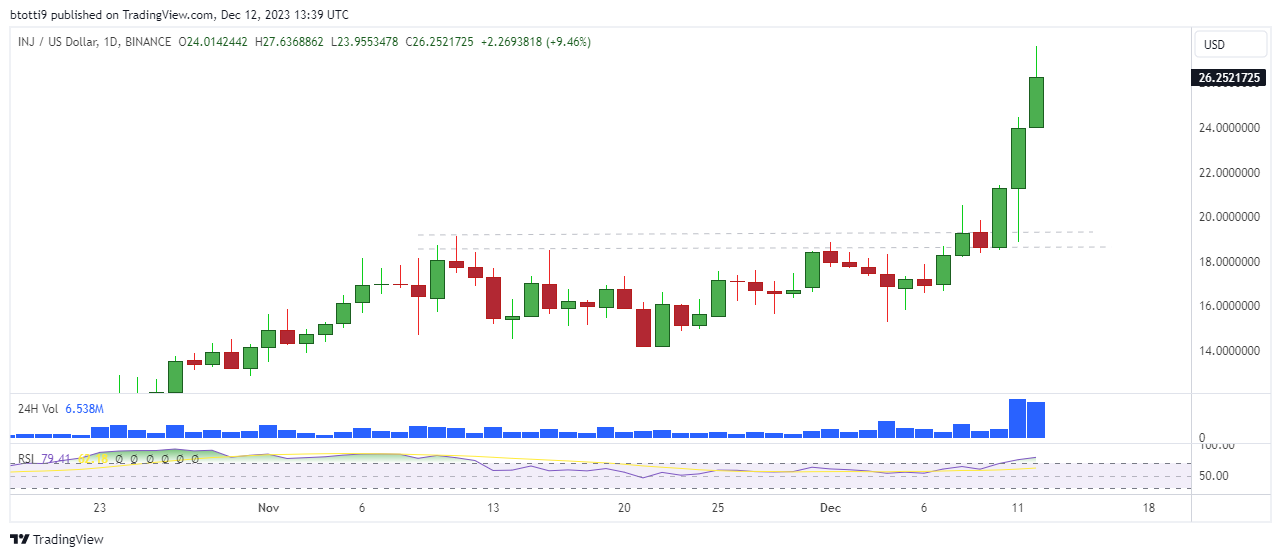您现在的位置是:Rocket Lab to launch two cubesats for NASA’s infrared study >>正文
Rocket Lab to launch two cubesats for NASA’s infrared study
上海品茶网 - 夜上海最新论坛社区 - 上海千花论坛9人已围观
简介By subscribing, you agree to our Terms of Use and Policies You may unsubscribe at any time.NASA has ...
By subscribing, you agree to our Terms of Use and Policies You may unsubscribe at any time.
NASA has announced that it has selected Rocket Lab to launch two small satellites in 2024 that will monitor the energy balance of the Earth, especially in the polar regions where data is scarce. The satellites, called PREFIRE, will measure the infrared radiation that enters and leaves the planet using a spectrometer instrument.

Part of NASA's VADR program
Announcing the contract in a press release, NASA did not provide any details on how much it paid for the mission. The space agency awarded the contract to Rocket Lab under a program called VADR ( Venture-Class Acquisition of Dedicated and Rideshare) that allows NASA to select from a pool of pre-qualified launch providers. The launch provider also did not disclose the price of the contract, but said that it had a target selling price of $7.5 million for its Electron rocket this year.
See Also Related- Rocket Lab launches two NASA hurricane-monitoring CubeSats into orbit
- SpaceX just launched a satellite that was designed to be hacked
- NASA blames blocked propellant lines for lunar cubesat’s doom
Rocket Lab said that the two satellites will fly on separate Electron rockets from its launch pad in New Zealand in May 2024. The satellites will go into 525-kilometer circular orbits around the poles with specific angles that need dedicated launches. The satellites will also fly close together to do the mission, which Rocket Lab showed it can do with two similar launches in May this year.
Polar Radiant Energy in the Far-InfraRed Experiment
The PREFIRE mission, which stands for Polar Radiant Energy in the Far-InfraRed Experiment, was picked by NASA in 2018 as part of its Earth Venture program, which costs $33 million. The mission is led by Tristan L’Ecuyer from the University of Wisconsin, and NASA’s Jet Propulsion Laboratory is in charge of making the instrument and managing the project.
The mission aims to fill a major gap in our understanding of the Arctic energy budget and the role of infrared radiation in Arctic warming, sea ice loss, ice sheet melt, and sea level rise.
The satellites will make the first measurements of far infrared emissions, which are most of the energy that comes out of the polar regions, using a spectrometer that is based on an instrument that flew on a Mars orbiter.
Tags:
转载:欢迎各位朋友分享到网络,但转载请说明文章出处“上海品茶网 - 夜上海最新论坛社区 - 上海千花论坛”。http://www.jz08.com.cn/news/9153.html
相关文章
Andreessen Horowitz to Start a $1BN Crypto VC Fund
Rocket Lab to launch two cubesats for NASA’s infrared studyAndreessen Horowitz is working on launching a $1 billion venture capitalist (VC) fund to expand its...
阅读更多
NASA considers lunar pipeline concept for future Artemis missions
Rocket Lab to launch two cubesats for NASA’s infrared studyBy subscribing, you agree to our Terms of Use and Policies You may unsubscribe at any time.NASA is c...
阅读更多
BTC price retraces below $57k again
Rocket Lab to launch two cubesats for NASA’s infrared studyBTC price has stalled below $57k as ETH steals the show with a massive rally above $3,000Bitcoin pri...
阅读更多
热门文章
- Experts devise 'robot medics' for triage in high
- Where to Buy ETH — More Potential Than BTC?
- World's first Smart Rainforest will restore this Australian rainforest
- LTC price spikes above $300 amid altcoin rally
- Blue Origin's New Shepard rocket to launch after 14
- BNY Mellon launches crypto custody service